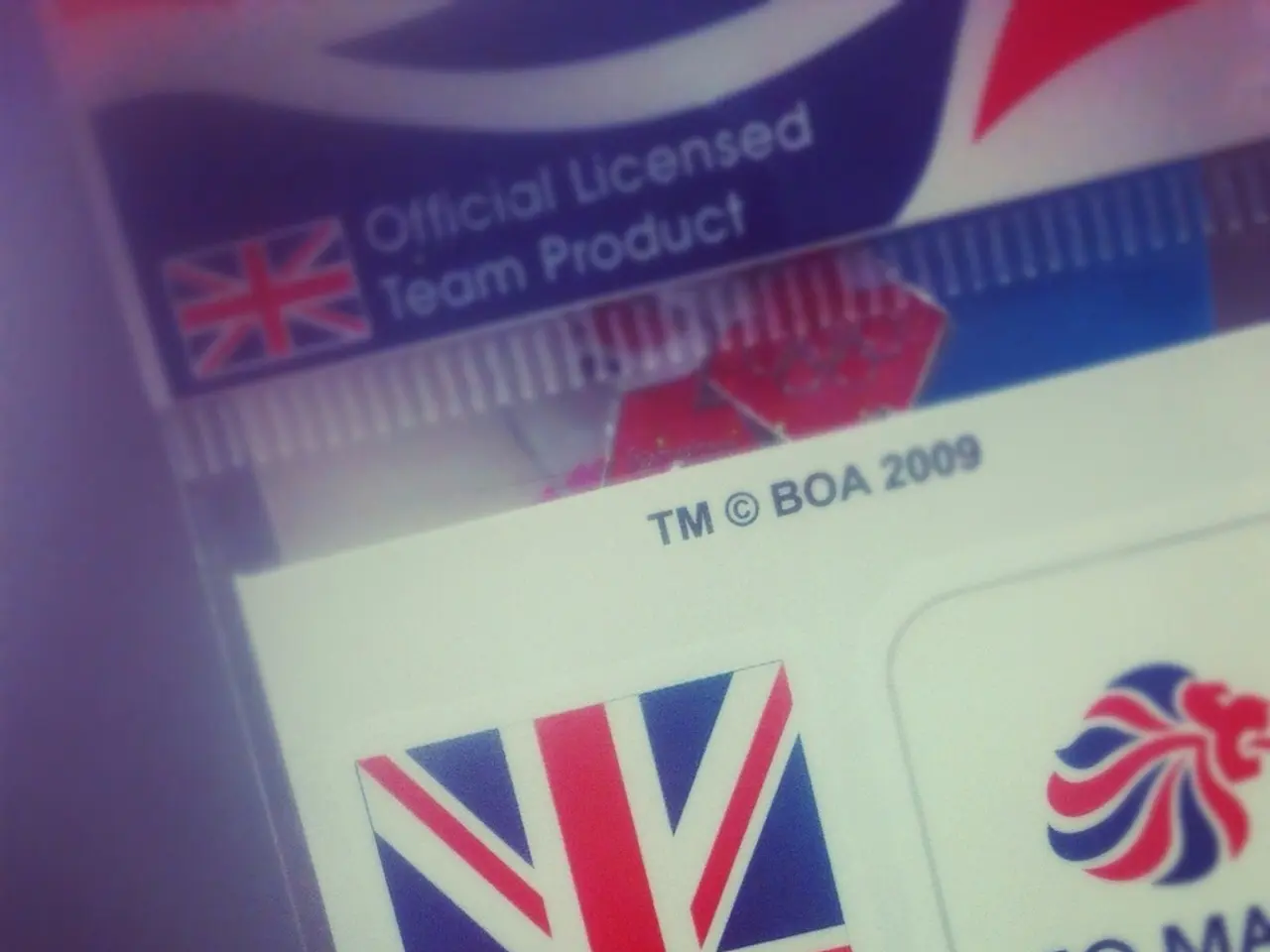Avoiding the purchase of a fax machine for your office today, here's why:
In today's fast-paced and security-conscious office environments, the shift towards digital solutions is becoming increasingly relevant. One such area ripe for modernization is the fax machine, a relic of the past that often falls short in terms of efficiency, compatibility, and sustainability.
By replacing traditional fax machines with digital fax solutions, businesses can enjoy numerous benefits. These benefits include cost-effectiveness and scalability, increased mobility and flexibility, enhanced document management and accessibility, improved security, streamlined workflow integration, reliability, and compatibility with modern platforms.
Digital faxing eliminates the need for physical hardware, ink, paper, and maintenance, resulting in significant overhead cost reductions and the ability to scale transmission capabilities without additional physical equipment investments. This modern approach to faxing supports remote and flexible work environments effectively, allowing users to send and receive faxes from any internet-connected device, anywhere.
Digital faxes are stored electronically, offering instant access, easy organization, and efficient retrieval. This eliminates the issues of misplacing or damaging physical documents and reduces the need for physical storage space. Moreover, digital fax services utilize advanced encryption, continuous security monitoring, and compliance with data protection standards such as HIPAA and HITRUST, providing improved protection for sensitive information.
Digital faxing can integrate directly with email and other office software, turning faxes into digital files like PDFs automatically. This reduces paper usage, eliminates printing, and supports a more sustainable and efficient workflow. Technologies such as T.38 Fax over IP improve transmission reliability over internet protocols and can often use existing fax hardware with minimal changes, modernizing fax communications without sacrificing compatibility with legacy systems.
Investing in digital solutions instead of fax machines offers better productivity, security, cost-effectiveness, and sustainability. Modern solutions like email, cloud-based file sharing, and digital document management systems provide better features, security, and integration with existing office tools. Cloud services such as Google Drive and Dropbox revolutionize document handling with real-time file sharing and collaboration, while platforms like Slack enhance communication within teams, providing instant and direct channels for exchanging information.
To facilitate a smooth transition, it's essential to encourage a culture of continuous learning and provide training for staff. Conducting workshops, video tutorials, and ongoing support resources can help ensure that staff can adapt to new technologies effectively and maximize the efficiency of digital tools.
In conclusion, moving from traditional fax machines to digital fax solutions brings cost savings, enhanced security, mobility, and better document management—crucial for today’s dynamic and security-conscious office environments. Embracing digital alternatives is more relevant in modern offices compared to fax machines, offering superior document management capabilities and integration with modern platforms.
- For startups and businesses wanting to foster a productive and sustainable lifestyle, the implementation of a digital strategy, including digital fax solutions, can lead to significant cost savings.
- By adopting digital faxing, remote work becomes more accessible and efficient, as it allows users to send and receive faxes from any digital device, anywhere.
- The integration of digital faxes with digital tools like email and cloud-based file sharing systems enables real-time collaboration and reduces paper usage, ultimately benefiting the environment.
- To capitalize on the advantages of digital faxing, it's vital for businesses to invest in ongoing training for their employees, promoting a culture of continuous learning and adaptability to new technologies.




